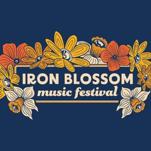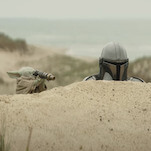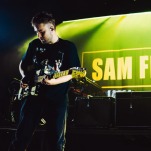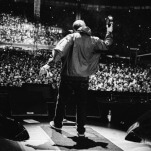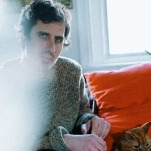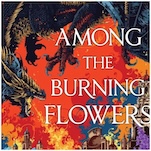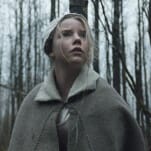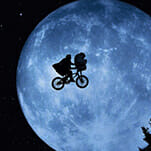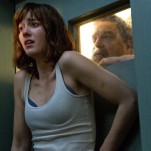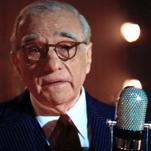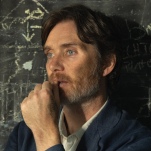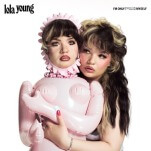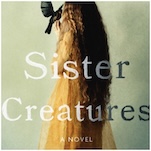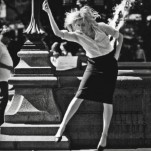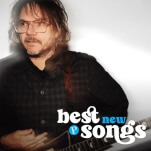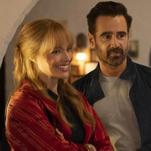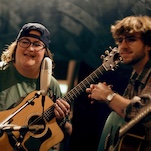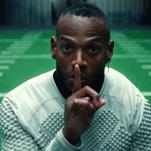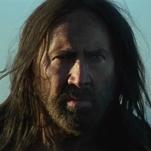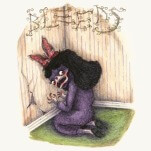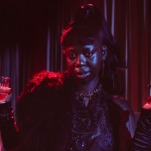Fear, Loathing, and Logan: The American Dream in Pop Culture
Photo by Nicholas Hunt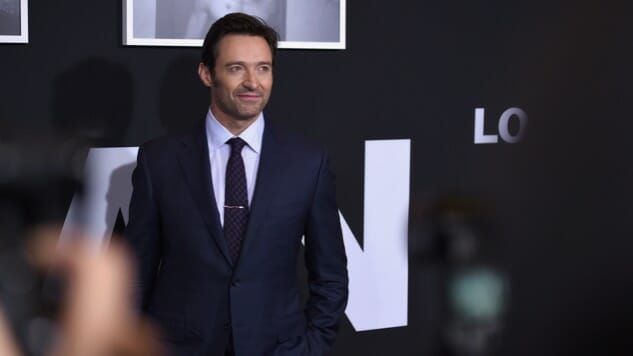
In Logan, it’s 2029, and the titular hero is broken. He’s no longer unkillable—the adamantium that made him supernatural is poisoning him—and Xavier, his mentor, is suffering in the throes of Alzheimer’s. Logan occupies a world that has read about him in comic books, but he’s on his way out, eager to dispel his own myth.
As Logan gradually probes the humanity beneath Wolverine’s superherodom—the reality beneath the imaginary—it similarly dissects America’s mythology. Over the course of Laura’s flight from a militant corporation, the film turns inside-out the conception of the nation as a political haven. America is not Laura’s destination, but the place she must put far behind her.
It should come as no surprise that mutants are barred from America’s promises of freedom and safety. The American Dream has always been inaccessible to most. That’s why Trump and his rhetoric haven’t altered America’s character—they’ve merely forgone pretense, promising to return America to the halcyon days in which the Dream’s exclusivity was overt rather than subtextual.
One of the most astute chroniclers of the American Dream was Hunter S. Thompson, author of Fear and Loathing in Las Vegas. The semi-autobiographical novel was published in 1972 (after being serialized in Rolling Stone), and follows Raoul Duke, a reporter investigating the American Dream. Fear and Loathing is heavily invested in how Duke looks for the Dream, which he treats like a place or a concrete object. He’s constantly driving and searching, stopping only to get high enough to keep going. Logan evokes that same sense of urgent motion, and while there’s a liberating quality to the movement in both texts—Duke, Logan, and Laura are never freer than they are while on the road—the characters move only because they have to. Xavier dies when the group stays in one place for too long, after all. So Logan and Laura head for Canada, and Duke for some unknown part of Las Vegas, because liberty is as much a physical space as it is a condition—a place devoid of mutant-hunters and Nixon alike.
Logan’s road-trip format thus allows the movie to address myriad socio-political issues, including refugee crises and xenophobic immigration policies. But perhaps more significant than Laura’s migration is the antagonist necessitating it. The Transigen corporation, which bioengineered Laura from Logan’s DNA, is hunting her down—and has no qualms about spilling blood. When what appears to be a lynch mob shows up at the farm of the Munsons, a black family, both the mob and the Munsons are slaughtered by X-24, a clone of Logan that Transigen created. The sequence effectively captures the dangers of corporatism: corporations may be discriminatory today, but—given the chance—they’d oppress without discrimination. All would receive the same yoke.
-

-

-

-

-

-

-

-

-

-

-

-

-

-

-

-

-

-

-

-

-

-

-

-

-

-

-

-

-

-

-

-

-

-

-

-

-

-

-

-

